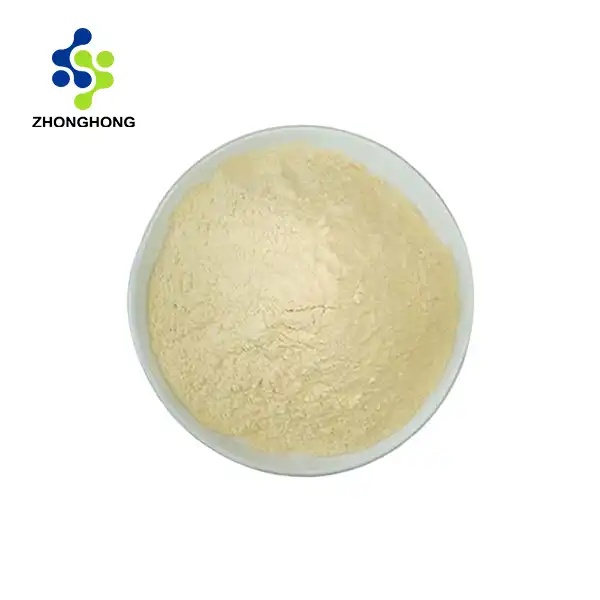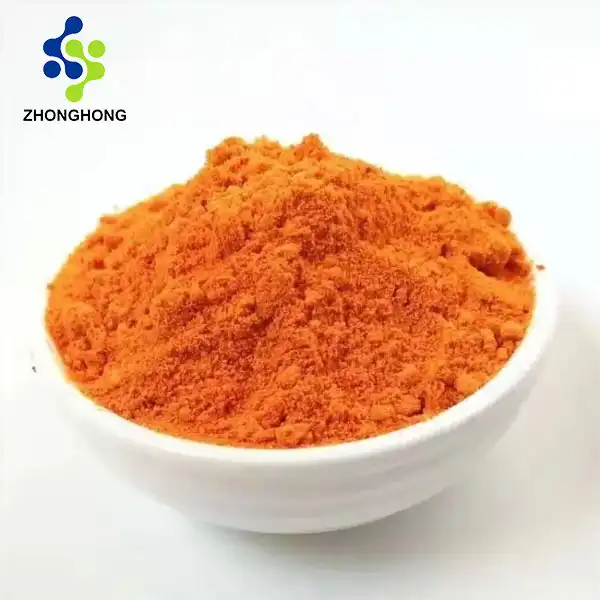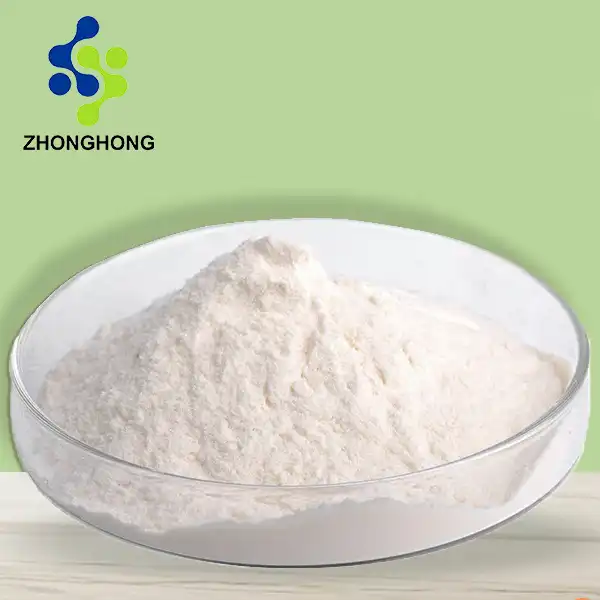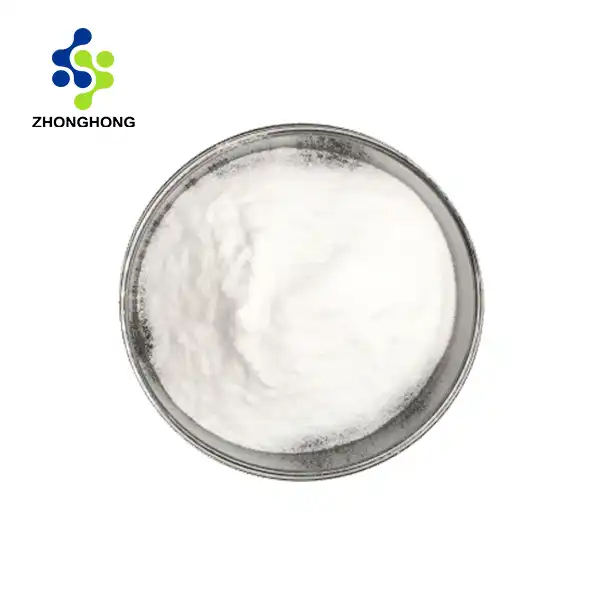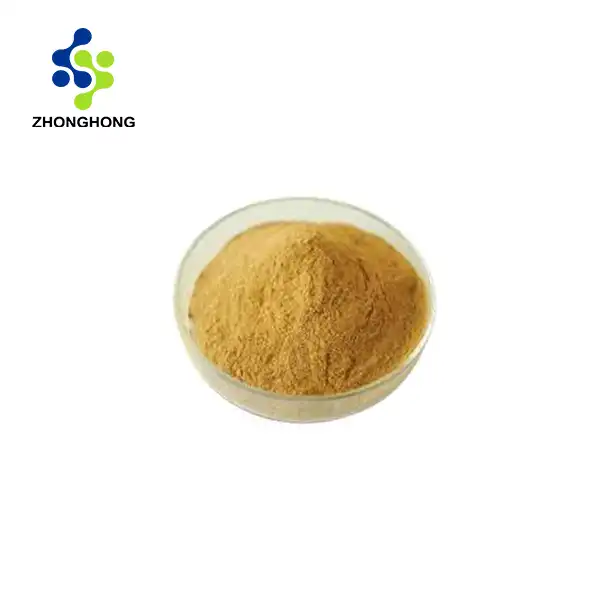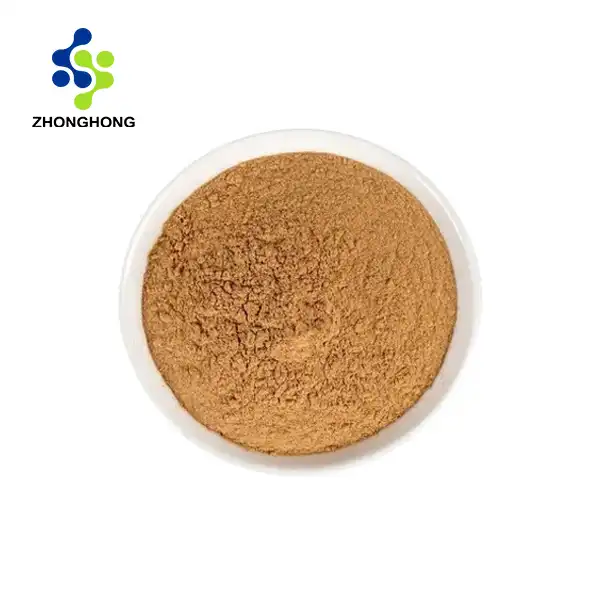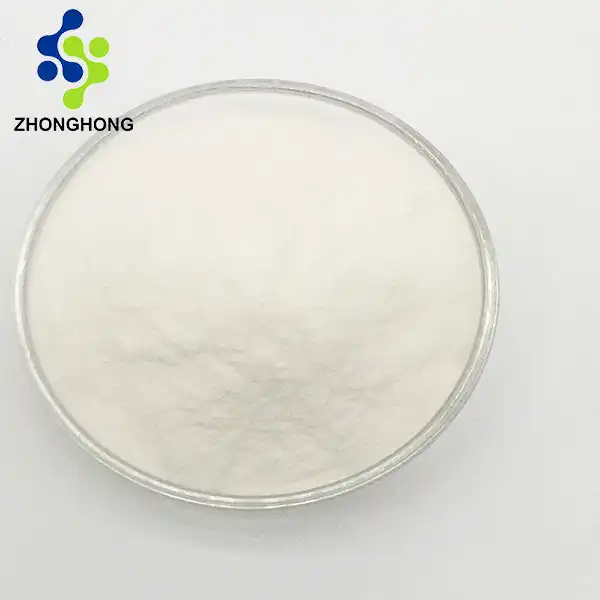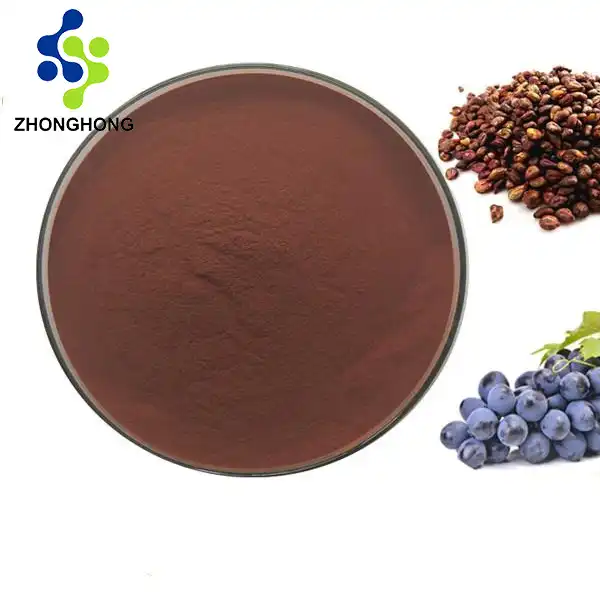How to Choose Authentic Natural Shilajit Resin?
2025-01-21 14:44:03
Natural Shilajit resin has garnered significant attention in recent years for its potential health benefits. This unique substance, formed over centuries in the Himalayan mountains, is revered in Ayurvedic medicine for its purported adaptogenic and rejuvenating properties. However, with its growing popularity, the market has been flooded with imitation products, making it crucial for consumers to know how to identify and choose authentic Natural Shilajit resin. In this comprehensive guide, we'll explore the key factors to consider when selecting genuine Shilajit and why it's essential for reaping its full health benefits.
Identifying Pure vs. Imitation Shilajit Resin
Distinguishing authentic Natural Shilajit resin from counterfeit products can be challenging, but there are several telltale signs to look out for. Genuine Shilajit has a distinct appearance, texture, and aroma that sets it apart from imitations. Authentic Shilajit resin typically has a dark brown to blackish color. When exposed to heat, it should soften and become pliable. The texture is often described as sticky and tar-like. Imitation products may have an unnaturally uniform color or fail to soften when warmed. The aroma of pure Shilajit is quite unique - it has a strong, earthy smell reminiscent of bitumen or pitch. This scent is due to the organic compounds present in the resin. Fake products often lack this characteristic odor or may have artificial fragrances added to mimic it. When dissolved in water, genuine Shilajit should completely dissolve, turning the water a rich brown color. Any undissolved particles or an unnatural color change could indicate an impure or artificial product. It's also worth noting that authentic Natural Shilajit resin has a slightly bitter taste. While not pleasant, this bitterness is a sign of its potency and purity. Imitation products might have added sweeteners or flavorings to mask the lack of genuine Shilajit. To further ensure authenticity, consider purchasing from reputable sources that provide third-party lab testing results. These tests can verify the presence of key compounds found in Shilajit, such as fulvic acid, and rule out harmful contaminants.
Best Sources and Quality of Shilajit Resin
The quality and efficacy of Shilajit resin can vary significantly depending on its source and processing methods. Understanding these factors can help you make an informed decision when choosing a Shilajit product. Genuine Shilajit is primarily sourced from the Himalayan mountain range, spanning several countries including India, Nepal, and Tibet. The altitude, climate, and unique geological conditions of these regions contribute to the formation of Shilajit over centuries. Products claiming to be Shilajit from non-Himalayan sources should be viewed with skepticism. The extraction and processing of Shilajit is a delicate process that can significantly impact its quality. Traditional methods involve collecting the raw resin from mountain crevices and purifying it through a series of filtration and dehydration steps. This process preserves the bioactive compounds while removing impurities. High-quality Shilajit should be free from additives, fillers, or synthetic compounds. Some less reputable manufacturers may add these to increase volume or enhance certain properties, but this can dilute the potency and potentially introduce harmful substances. Look for Shilajit products that have been tested for heavy metals and other contaminants. The mountainous regions where Shilajit is found can sometimes have high levels of naturally occurring heavy metals, which can be concentrated in the resin. Proper purification processes should remove these, and quality producers will provide test results to confirm their product's purity. The concentration of key compounds, particularly fulvic acid, is an important indicator of Shilajit quality. Fulvic acid is believed to be responsible for many of Shilajit's health benefits. High-quality Shilajit typically contains between 60-80% fulvic acid. Consider the form of Shilajit as well. While resin is the most traditional and potent form, it can be challenging to use. Some companies offer Shilajit in powder or capsule form, which can be more convenient but may have undergone more processing. If opting for these forms, ensure they're from reputable sources and haven't had their potency compromised during processing.
Why Natural Shilajit Resin is Better for Health

Natural Shilajit resin, in its pure and unadulterated form, offers a unique complex of beneficial compounds that are believed to synergistically enhance overall health. Understanding these potential benefits can underscore the importance of choosing authentic Shilajit over imitation products. One of the key components of Shilajit is fulvic acid, a powerful organic electrolyte that aids in the absorption of nutrients and elimination of toxins. Fulvic acid has been studied for its potential antioxidant and anti-inflammatory properties, which could contribute to overall cellular health and longevity. Shilajit is rich in minerals and trace elements, many of which are essential for various bodily functions. These include iron, zinc, magnesium, copper, and others. The mineral content of Shilajit is believed to be particularly bioavailable due to its fulvic acid content, potentially making it a superior source of these nutrients compared to traditional supplements. In Ayurvedic medicine, Shilajit is classified as a 'rasayana' or rejuvenating substance. It's believed to support overall vitality and slow the aging process. While more research is needed, some studies have suggested that Natural Shilajit resin may have adaptogenic properties, helping the body resist physical, chemical, and biological stressors. Some research has indicated that Shilajit may support cognitive function. Its antioxidant properties and mineral content could potentially protect brain cells from oxidative stress and support overall neurological health. However, more studies are needed to fully understand these effects. There's also evidence suggesting that Shilajit may support heart health. Some studies have found that it may help regulate lipid profiles and blood pressure, although more research is needed to confirm these effects. For men's health, Shilajit has shown promise in supporting testosterone levels and fertility. A study published in the journal Andrologia found that men taking Shilajit supplements had significantly increased testosterone levels compared to those taking a placebo. It's important to note that while Shilajit has been used in traditional medicine for centuries, many of its purported benefits are still being studied in modern scientific contexts. As with any supplement, it's crucial to consult with a healthcare professional before incorporating Shilajit into your health regimen, especially if you have pre-existing health conditions or are taking medications.
Conclusion
Choosing authentic Natural Shilajit resin requires careful consideration of its appearance, aroma, solubility, and source. By understanding these factors and the potential health benefits of genuine Shilajit, consumers can make informed decisions and potentially harness the power of this ancient adaptogen. Remember, the key to reaping the benefits of Shilajit lies in its purity and quality, making the choice of an authentic product paramount.If you're interested in learning more about our high-quality Natural Shilajit Resin or have any questions, please don't hesitate to reach out to us at liaodaohai@gmail.com. Our team of experts is always ready to assist you in choosing the best Shilajit product for your needs.
References
1. Carrasco-Gallardo, C., Guzmán, L., & Maccioni, R. B. (2012). Shilajit: A Natural Phytocomplex with Potential Procognitive Activity. International Journal of Alzheimer's Disease, 2012, 674142.
2. Stohs, S. J. (2014). Safety and efficacy of shilajit (mumie, moomiyo). Phytotherapy Research, 28(4), 475-479.
3. Agarwal, S. P., Khanna, R., Karmarkar, R., Anwer, M. K., & Khar, R. K. (2007). Shilajit: A Review. Phytotherapy Research, 21(5), 401-405.
4. Schepetkin, I. A., Xie, G., Jutila, M. A., & Quinn, M. T. (2009). Complement-fixing Activity of Fulvic Acid from Shilajit and Other Natural Sources. Phytotherapy Research, 23(3), 373-384.
5. Biswas, T. K., Pandit, S., Mondal, S., Biswas, S. K., Jana, U., Ghosh, T., ... & Auddy, B. (2010). Clinical evaluation of spermatogenic activity of processed Shilajit in oligospermia. Andrologia, 42(1), 48-56.
6. Wilson, E., Rajamanickam, G. V., Dubey, G. P., Klose, P., Musial, F., Saha, F. J., ... & Dobos, G. J. (2011). Review on shilajit used in traditional Indian medicine. Journal of Ethnopharmacology, 136(1), 1-9.
_1728976869676.webp)
